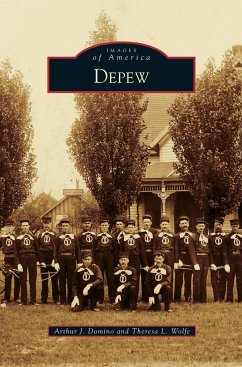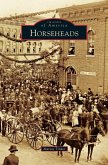When some of the richest men in America, including John Jacob Astor, realized in the 1890s that the New York Central, Lehigh Valley, Erie, and Delaware, Lackawanna & Western Railroads passed through a one-mile corridor, they began planning a community. In 1892, the renowned firm of Olmsted, Olmsted & Eliot designed a residential development surrounding manufacturing facilities. In 1894, it was incorporated as the village of Depew. The first tenant, the New York Central Locomotive Works, attracted a number of railroad-related industries, and Depew continued to grow until advances in technology and the Depression caused the New York Central to withdraw in 1931. Gradually, others such as Magnus Metal, National Battery, and Symington-Gould were phased out. Depew would never become a vast industrial complex as first planned, but today, the village is a mixture of residential and commercial development.
Hinweis: Dieser Artikel kann nur an eine deutsche Lieferadresse ausgeliefert werden.
Hinweis: Dieser Artikel kann nur an eine deutsche Lieferadresse ausgeliefert werden.








